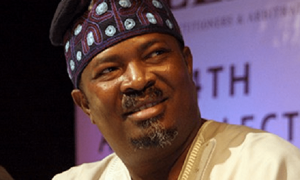They vanished nearly eight years ago. Will Mexico bring their attackers to justice?

Leer en españolCarrying posters with photos of their sons and calling for justice, relatives of the missing told CNN they hoped the report might finally result in criminal punishments for those responsible.The renewed calls for justice come after a government truth commission presented its bombshell report on August 18, which concluded that the students who vanished were victims of “state sponsored crime.” Finding the truth about what happened to the 43 students was one of Mexican President Andres Manuel Lopez Obrador’s 100 campaign promises during the presidential election in July 2018. The renewed inquiry under his presidency linked federal, state and local authorities — many of them unnamed — to “…the disappearance and execution of the students.” Loved ones of the missing 43, now dedicated to a life of activism, are unfazed when driving through the state as part of their now regular commute to the capital, where they collectively march for justice. Each month, they board buses to Mexico City to protest — a route eerily similar to their sons’ unfinished journey in 2014.”If we just let it go there won’t be justice,” Don Margarito Guerrero said. “… The same thing will happen again and again…. That’s why we’re fighting.”They cannot travel far in Guerrero without spotting graffiti and photos that reference either “the 43” or the more than 100,000 people estimated to have disappeared in Mexico since the 1960’s. Theirs is just a sample of the suffering spread across the country.In Mexico, families of the disappeared have formed more than 130 “search collectives” to investigate disappearances on their own, according to Human Rights Watch. And according to a 2022 report by the International Committee of the Red Cross, 40,000 relatives of people who have gone missing in Mexico over the years have taken part in training sessions in the search for their loved ones.Still, there are moments in which Guerrero’s grief is clouded by a hopeful memory. “I remember how he’d always show up somewhere, wearing his sweater over his shoulder,” Guerrero says with a worn smile. “Sometimes he tells me he’s coming, but when?”CNN’s Marlon Sorto and Karina Maciel contributed to this report.





